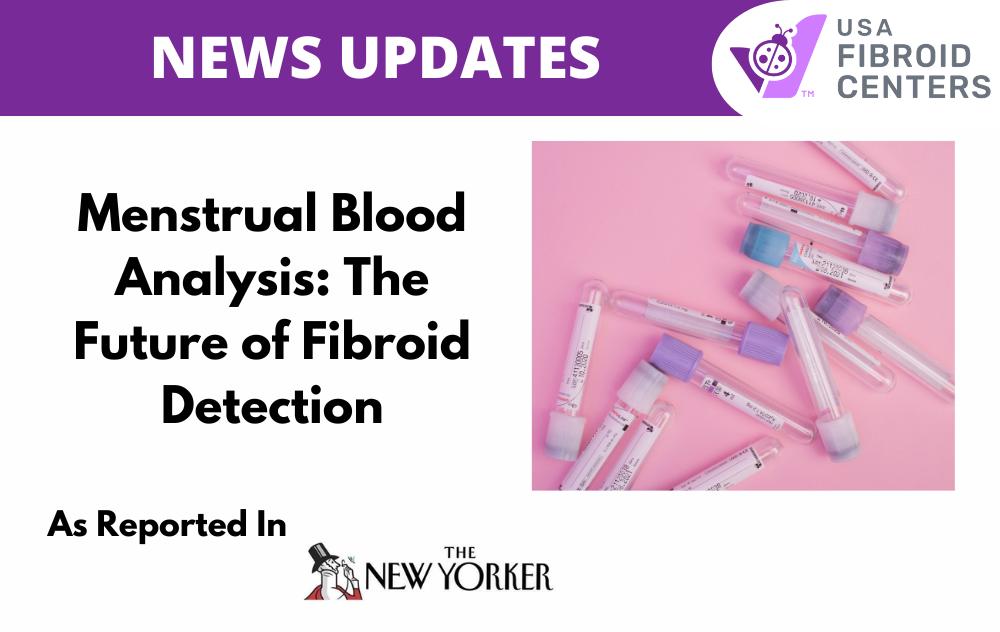
A recent study published in the New Yorker explores a groundbreaking method for diagnosing uterine fibroids. These non-cancerous growths affect millions of women worldwide, but traditional diagnostic methods can be invasive and uncomfortable. However, a new approach utilizing menstrual blood analysis promises to revolutionize the detection and treatment of uterine fibroids.
How Menstrual Blood Analysis Works
By examining the unique biomarkers present menstrual blood, researchers have discovered that early signs of fibroid growth can be identified. This noninvasive testing method could lead to earlier diagnosis and more effective treatment options, potentially reducing the need for painful procedures like myomectomy or hysterectomy.
Analysis Could Diagnose Other Conditions
The applications of menstrual blood analysis extend far beyond uterine fibroids. Studies have demonstrated its potential for diagnosing and screening a range of other conditions, including:
- Endometriosis: A condition characterized by tissue similar to the uterine lining growing outside the uterus.
- Cervical cancer: A type of cancer that affects the cervix.
- Diabetes: A metabolic disorder characterized by high blood sugar levels.
- Thyroid disorders: Conditions affecting the thyroid gland, such as hypothyroidism or hyperthyroidism.
What This Means for Patients
The potential benefits of this research for patients are significant. Early detection and targeted treatment options, such as uterine fibroid embolization (UFE), can improve outcomes and reduce the overall burden of these conditions. UFE is a minimally invasive procedure that involves blocking the blood supply to fibroids, leading to their shrinkage and eventual death.
Additionally, noninvasive testing methods like menstrual blood analysis can provide a more convenient and less stressful experience for patients compared to traditional diagnostic methods.
To learn more about menstrual blood analysis, click here.
